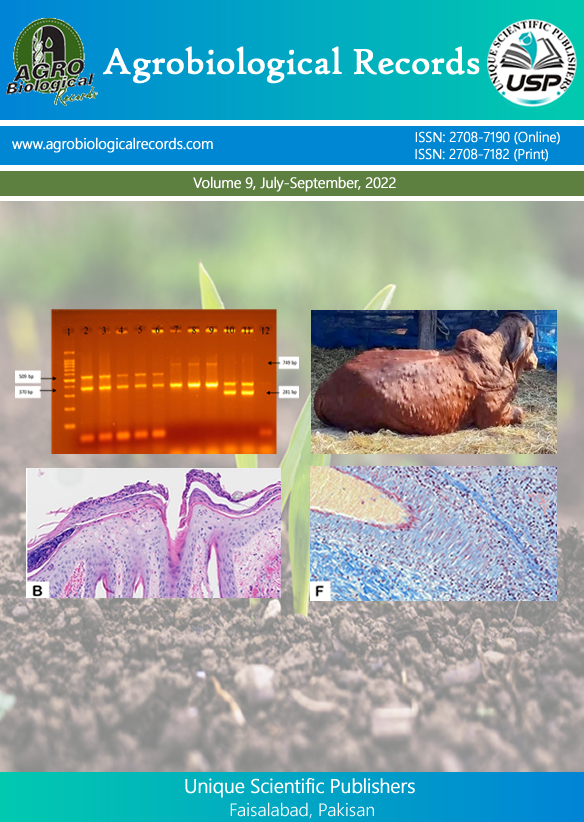
Rose Estelle Kanfon 1,2,3,*, Flora Josiane Chadare 1,2, Cokou Pascal Agbangnan Dossa 3, Théophile Olaye 3 and Paulin Azokpota 2
1Laboratory of Food Science and Technology and Bio-resources and Human Nutrition (LASTABNH), University Center of Sakété, National University of Agriculture, Benin; 2School of Nutrition and Food Sciences and Technologies, Faculty of Agricultural Sciences, University of Abomey-Calavi (ENSTA/FSA/UAC), Abomey-Calavi, Benin; 3Laboratory for Study and Research in Applied Chemistry/ Polytechnic School of Abomey Calavi/ University of Abomey Calavi, 01BP: 2009 Cotonou, Benin
*Corresponding author: kafonrose@gmail.com
Vegetable oils are essential to the body and must be varied in the human diet for their nutritional virtues. From the fruit to the Tamarindus indica oil, various unit operations follow one another, ranging from the maceration of the fruit pulp to the solid-liquid extraction of the crude oil, which is characterized to meet the consumer's wishes and needs. Atomic Absorption Spectrophotometry evaluated the minerals’ contents, and the quality indices (refractive, acid, saponification, peroxide, and iodine indices) were quantified according to NB ISO 660 2006, NB ISO 3657-2006 and NF T60220. The oil from roasted almonds of Tamarindus indica L.is rich in calcium (308.52mg/kg of oil), magnesium (285.73mg/kg) and iron (19.32mg/kg). It has a refractive index of 1.47 and a free acid of 5.67mg KOH/g of oil. Its peroxide index varies from 0.87 to 0.97, and its iodine index greater than zero reveals a functional character of this oil. It can be recommended for seasoning.